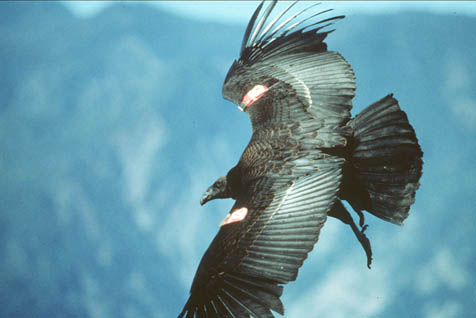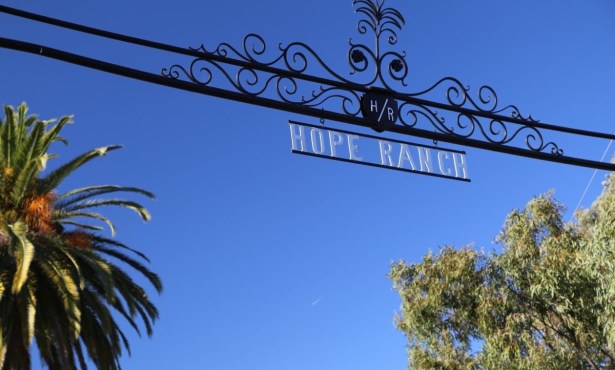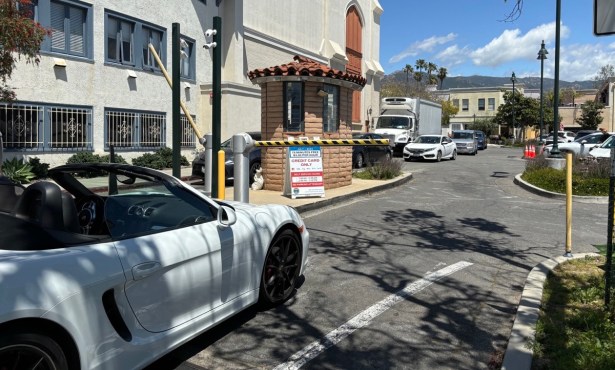Governor Signs Lead Bullet Ban
Three Days of the Condor

For Assemblymember Pedro Nava, the third time proved the charm for his bill banning the use of lead ammunition in California’s sprawling condor country. Last Friday, Governor Schwarzenegger surprised Nava and his staff by signing the legislation, AB821. It was the third time Nava had tried to get such a bill passed on behalf of the largest and most prehistoric bird in the continental United States since he was first elected three years ago. Nava’s prior efforts were killed before making it to the Assembly floor.
This time, both the Assembly and the Senate approved it, but the governor had seemed, at best, menacingly non-committal. After all, Schwarzenegger had demanded the resignation of Judd Hanna from the California Fish and Game Commission because Hanna had incurred the wrath of the National Rifle Association for his support of a lead ammo ban, though not necessarily Nava’s bill. That clumsy power play-backed by 34 Republican legislators-backfired, making the plight of both the condor and by extension Nava’s bill a cause celbre. Even so, the governor gave no hint which way he’d go prior to the October 12 deadline. Nava appeared to have written the governor off, issuing a press release challenging the governor to show up at the October 11 groundbreaking ceremony for the new Santa Barbara Zoo condor exhibit. Schwarzenegger never showed up.
For Nava, the signing was cause for celebration. Condors feast on the remains of dead animals. The lead fragments found in what hunters refer to as “gut-piles”-the heaps of body parts cut out of killed animals and left behind-can sicken and kill condors. While the NRA denies any link between hunting and condor lead poisoning, recent scientific studies have established an exact match between the lead isotopes found in condors and the lead used in hunting ammunition. But the condors’ path to recovery is much longer and more treacherous than the one Nava’s bill traversed.
“It’s a start, but there’s so much lead out there already that it’s going to take years and years and years for the condors to be out of harm’s way,” said Anthony Prieto, a lifelong condor enthusiast and avid hunter. Prieto said he’s taken flak from fellow hunters for championing lead-free ammo. “The NRA, some of these guys think this is some kind of underhanded move to do away with hunting completely. If that were the case, I wouldn’t have anything to do with it,” he said. “It’s like what happened 20 years ago with gas, when they took the lead out. We’re not saying, ‘You can’t drive.’ We’re only saying you have to make some changes.”
Prieto cautioned that Nava’s bill will be tough to enforce in California’s condor country, where hunters outnumber wardens a thousand to one, and proving the transgression could be even tougher. And lead is just one of the many threats posed to the condors. Almost as lethal are the tiny shards of “micro trash” that adult condors collect and feed their young. The accumulation of such debris blocks the chicks’ digestive tracts. Nest monitors will now check on the chicks. When necessary, they’ll try to induce vomiting in the baby bird. Failing that, they’ll remove the bird for emergency surgery and then return it to the nest.
The good news, said Prieto, is that lead-free ammo is readily available. While copper-based bullets are slightly more expensive-by $3-$4 a box-and not quite as easy to obtain, Prieto said they’re much better than lead-based bullets in terms of speed, accuracy, and stopping power. A typical lead bullet will fragment into 300 to 500 parts upon impact, Prieto said. Copper bullets hold their mass much better. Prieto said a lot of hunters don’t want to be told what to do. “They’ll say, ‘I just like lead better.’ I’ll say, ‘That’s fine, but of the 500 lead fragments in your deer, you and your family will eat maybe half.'”



